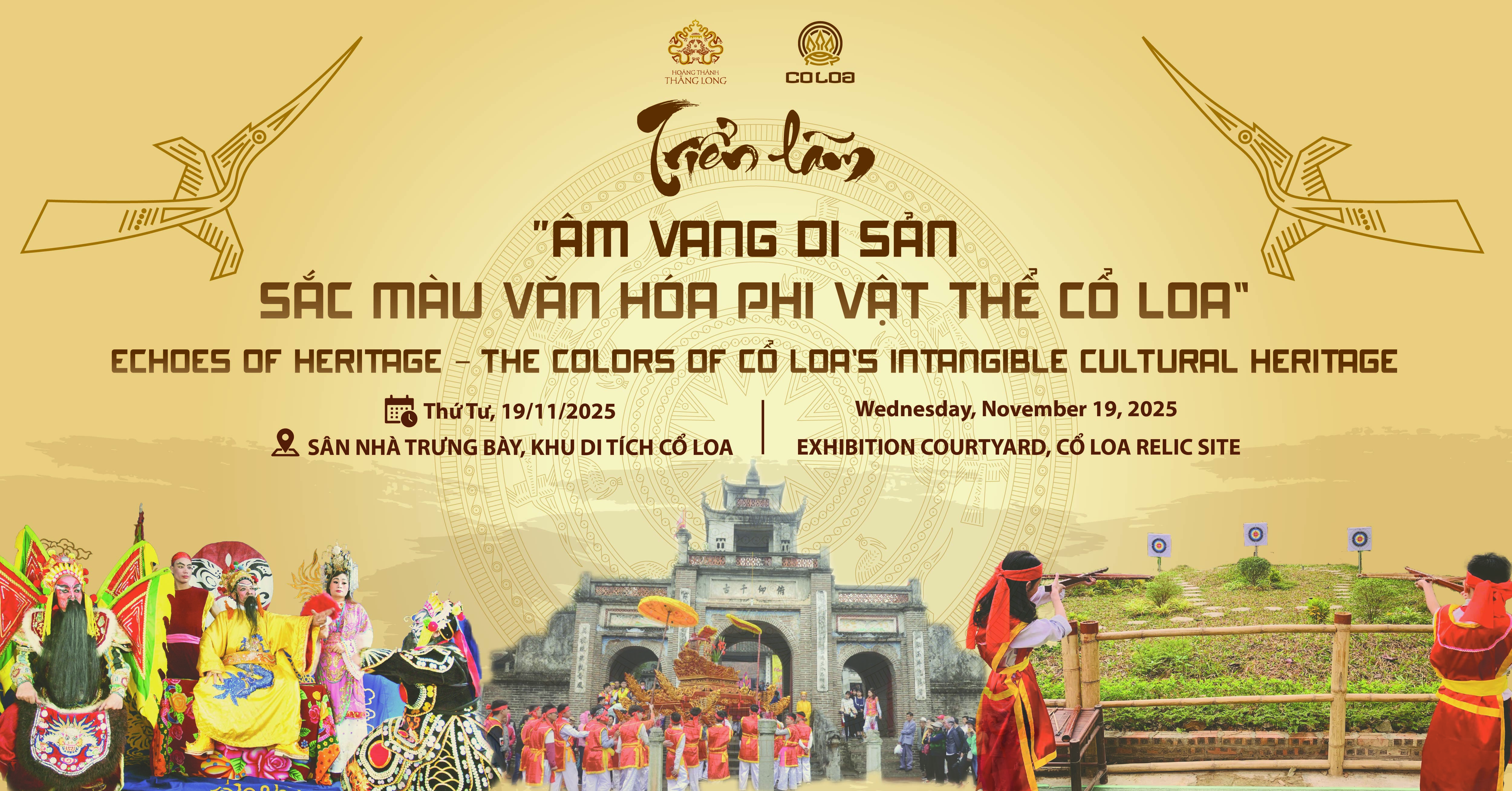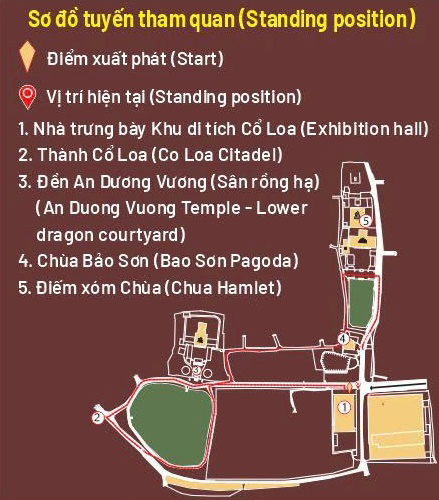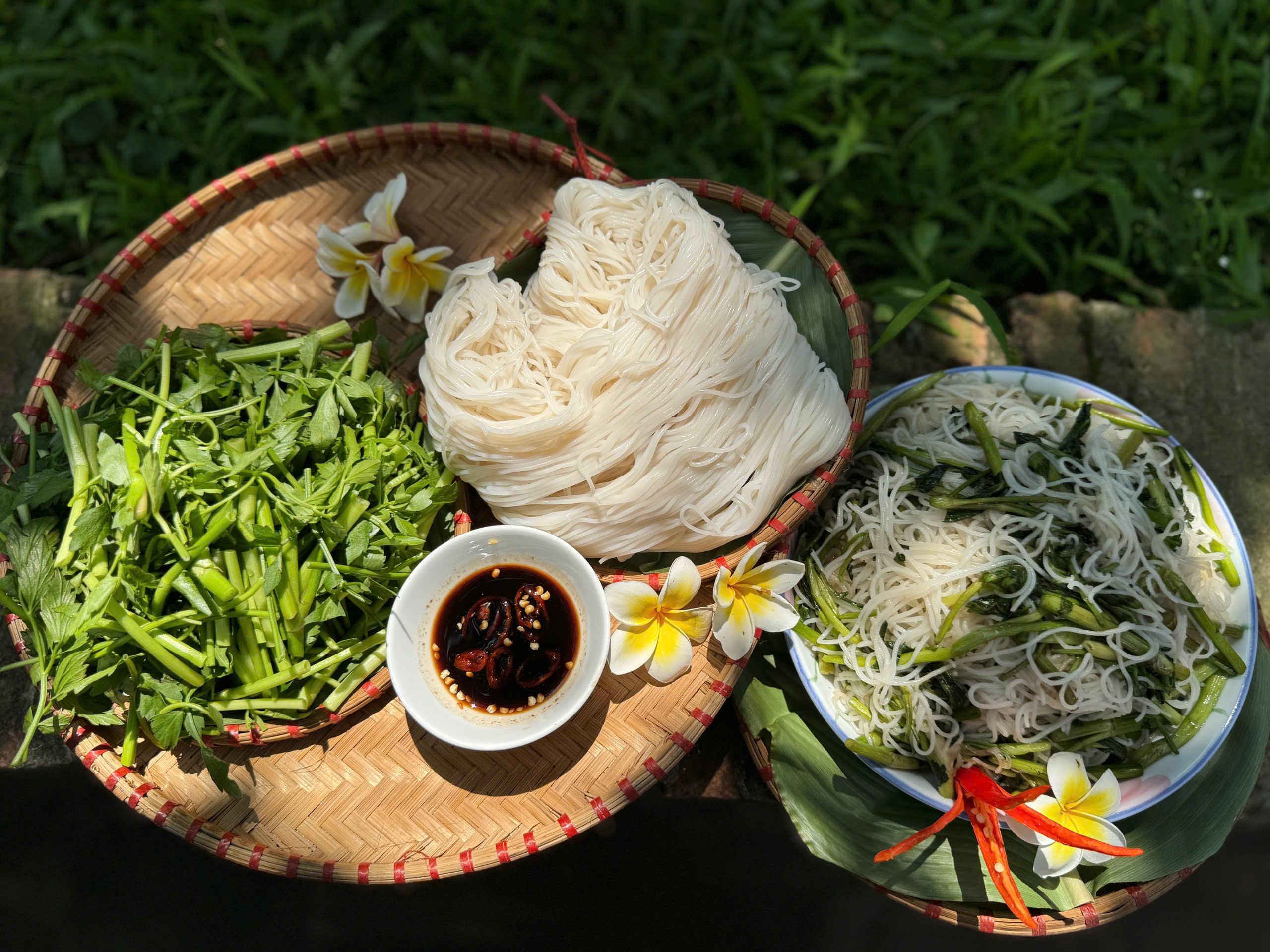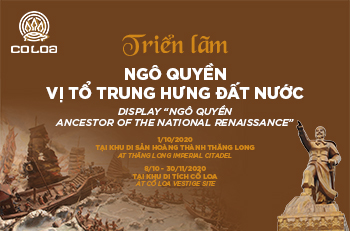
Ngo Quyen, a national hero associated with his glorious victory in defeating the invading of Northern enemy army on Bach Dang river (938), ended over a thousand years of Northern domination, opening the era of long-term independence and outstanding development of the Vietnamese people. After the victory, Ngo Quyen followed the nationalist, proclaimed King, "set up a hundred mandarins, and instituted the court of worship" and chose the land of Co Loa as the capital in the spring of 939. Lets together find out a little bit about Emperor Ngo Quyen:
1. Ngô Quyền - The son of Duong Lam land
Ngo Quyen (898 - 944), was born in a powerful patriarchal family in Duong Lam, his father Ngo Man was an influential Tang government official, his mother was Pham, from the same continent. "When the newborn King had a strange light full of houses, unusual appearance, 3 moles on his back, the general thought it was strange, he said he could own a direction, so he named it Quyen" (Dai Viet history full letter). At the age of 20, both parents died, Ngo Quyen moved to Ai Chau (Thanh Hoa) to work as a general for Duong Dinh Nghe, was adopted by Dinh Nghe, married his daughter Duong Thi Nhu Ngoc and sent him to guard Ai Chau.
2. Ngô Quyền and the famous Bach Dang battle
As an all-round martial arts person, Ngo Quyen knows very well the rule of tide rise and fall on Bach Dang river. The South Han army attacked our country by water. Ngo Quyen used his ploy to ask the tide to destroy the enemy.
He let people drive iron piles, sharpened heads, hardened iron to the Bach Dang river bed. Waiting for the high tide to flood the pile, Ngo Quyen sent his army to fight lightly, then feigned defeat and fled. The South Han army thought it was true, so they chased them with large boats. When the entire South Han army's ships fell into the pile area, it was also when the tide fell very quickly. The Nam Han boat was hit by an iron pile, sank and overturned. At that time, Ngo Quyen made all his efforts to fight. The South Han army was in chaos, ten parts were either drowned, or killed up to 6 or 7 times by our troops. The enemy general Luu Hoang Cao also died in the chaos. It is the year 938.
After that glorious victory, the South Han dared no longer think of invading our country.
In the spring of 939, Ngo Quyen took the throne, proclaimed Ngo Vuong, and settled the capital in Co Loa, opening a period of independence and autonomy for Vietnam. As the man who ushered in a period of glorious independence for the country, Ngo Quyen was honored by historians as "the head king", or "the patriarchal ancestor" of Vietnam.
3. Exhibition: "Ngo Quyen - The Patriarch of the renaissance of the country"
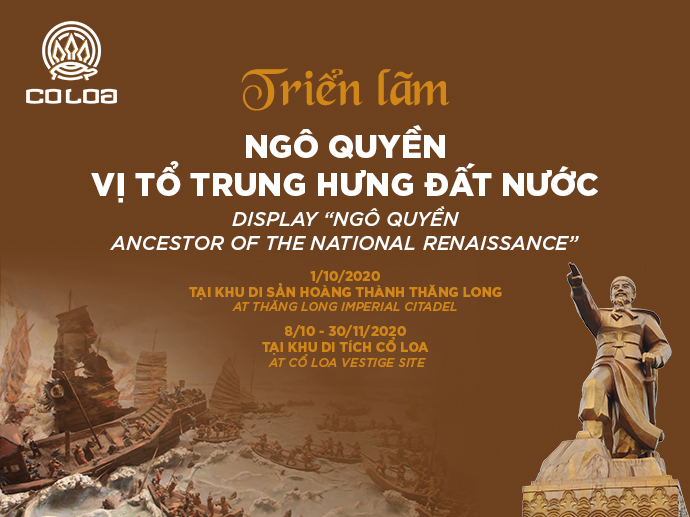
Celebrating the 10th anniversary of Thang Long - Hanoi, at Hoang Thanh Thang Long Heritage Area and Co Loa Relic on exhibition: "Ngo Quyen - The ancestor of Trung Hung country" as a tribute to ancestors. Thereby, contributing to the education of patriotic traditions, the ethic of "When drinking water, remember its source", arousing the nation's pride and patriotism against foreign invaders for generations today and in the future.
The exhibition content includes 3 main parts:
Theme 1: Homeland and clan
Theme 2: Ngo Quyen - the patriarch of the country
- Sub-topic 1: The naval battle on Bach Dang estuary
- Sub-topic 2: Ngo Quyen with Co Loa
Theme 3: Living forever with the river
Time and place of exhibition
October 1, 2020 at Hoang Thanh Thang Long Heritage Site, 19 Hoang Dieu, Ba Dinh, Hanoi
8/10 - 30/11/2020 at Co Loa Relic Area, Co Loa Commune, Dong Anh District, Hanoi
Sincerely invite visitors to visit the Co Loa relic and immerse themselves in the national history through the exhibition: "Ngo Quyen - The Patriarch of the renaissance of the country".


